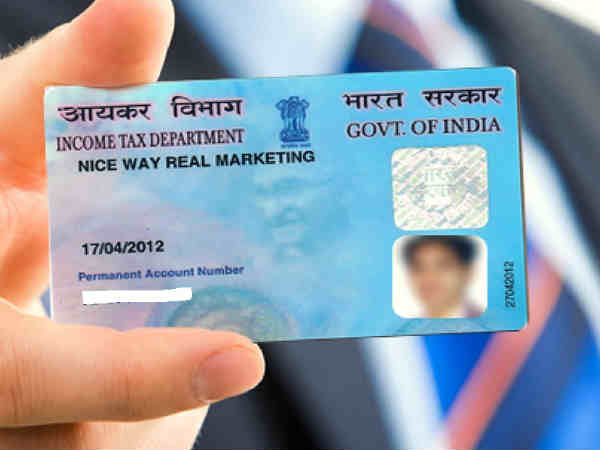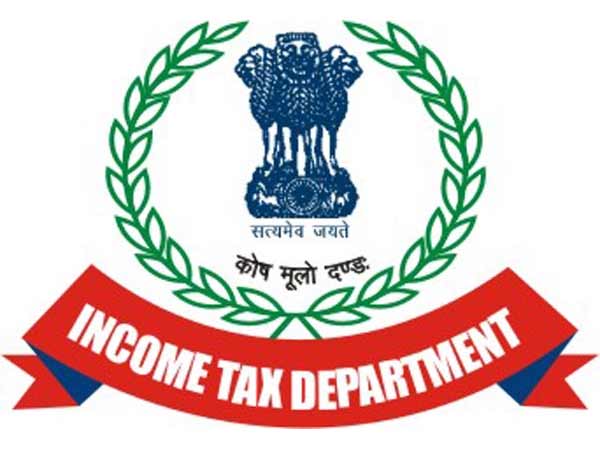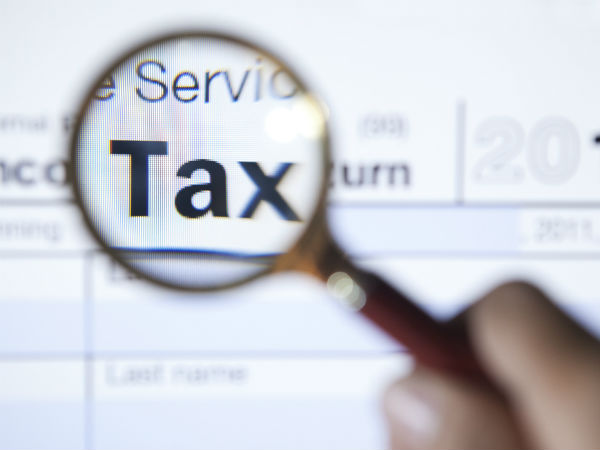Know The Basic Difference Between PAN, TAN, and TIN
Terminologies used in the field of taxation can be perplexing or sound similar, but their definitions and purposes may differ. It's difficult to go through the tax filing process without encountering lingo that you don't understand. PAN, TAN, and TIN are some of the most prevalent terms you will come across.
Tax-related phrases can be confusing because they serve different purposes and have diverse meanings. While calling the Income Tax Department or completing your taxes, you may come across abbreviations such as TAN, PAN, and TIN.

What is Permanent Account Number (PAN)?
The term "Permanent Account Number" is an acronym for "Permanent Account Number." It's a ten-digit code made up of alphabets and numbers that's issued to anyone who applies for one or if the IRS allocates one to you. The government issues it in order to keep track of all transactions made by the cardholder. In a nutshell, a PAN is a number that is used to keep track of all transactions made by an individual, a business, or any other tax-paying entity. Because each PAN is unique, no two tax-paying units can have the same PAN.

What is Tax Deduction and Collection Account Number (TAN)?
The Income Tax Department issues a 10-digit alphanumeric code called a TAN, which is used to track tax collected at source (TCS) and tax deducted at source (TDS) (TDS).
The provision of TAN in documents relating to TCS or TDS is required of deductors. If you neglect to include the TAN, the banks may reject your TDS payments and returns. Form 49B can be used to apply for TAN either online or offline.
Individuals and corporations who are required to collect or deduct tax at source for the Internal Revenue Service must apply for a TAN.

What is Tax Identification Number (TIN)?
A TIN is granted to any individual business owner or entity that has registered for Value Added Tax (VAT). It is also utilised for inter-state sales transactions and facilitates the tracking of multiple VAT payments.
It has 11 digits, with the first two representing the state code, as mandated by the Ministry of Home Affairs, and the remaining nine representing the municipality or district where the firm is registered.

Why we need PAN, TAN and TIN?
There is a reason for the existence of these numbers.
PAN is a global code that is used to identify financial transactions. It aids in the monitoring of any transactions with a potentially taxable component.
TAN, on the other hand, is utilised to automate the deduction and collection of taxes at the point of collection (TDS and TCS).
A TIN is a number that is used to identify all VAT-registered sellers. It keeps track of all operations in the country that are relevant to VAT.
Regulations
Each of these figures is accounted for by constitutional legislation. In India, the PAN is defined by Section 139 A of the Information Technology Act of 1961. The TAN is supplied by Section 203A of the Income Tax Act of 1961, whereas the TIN is accounted for by several acts that vary by state.

Who should own PAN, TAN and TIN?
The persons or entities who should have access to intended use. For example, because the Permanent Account Number (PAN) is used to trace each taxable financial transaction, every taxpayer in the country must have one for identification purposes.
The TAN, on the other hand, is a necessity for everyone who is responsible for collecting or deducting tax at the source. Employers who withhold tax from their employees' salaries fall under this category. A
ll traders and dealers who are obligated to pay and do pay Value Added Tax across the country must have a TIN.

Penalties
Given that each of these numbers is a constitutional necessity backed by numerous laws and Acts, there will inevitably be penalties if the established norms are not followed. Failure to comply with TIN can result in a variety of fines in different states. Failure to comply with the PAN and TAN rules, such as quarterly submission of TDS reports by the business or not referencing the TAN in particular papers, will result in a penalty of Rs 10,000.

Difference Between PAN, TAN, and TIN
| Parameters | PAN | TAN | TIN |
| Code Structure | The first five alphabets indicate various types of information, followed by four integers and another alphabet. | It consists of four alphabets, five numbers, and an alphabet. | It consists of 11 numerals, the first two of which are the state code. |
| Legislation | Section 139 A of the IT Act of 1961 | Section 203A of the Income Tax Act, 1961 | Varies between one state and another |
| Application form | Form 49A for Indians Form 49AA for foreign applicants | Form 49B | Differs |
| Penalties | If someone does not follow the guidelines, they would be fined Rs 10,000. | If someone does not follow the guidelines, they would be fined Rs 10,000. | Failure to comply with TIN can result in a variety of fines in different states. |
































